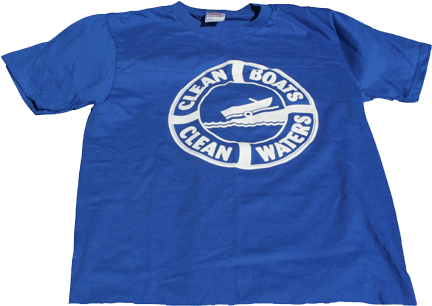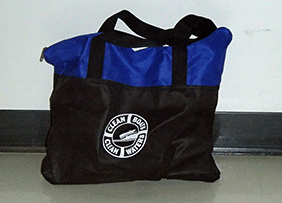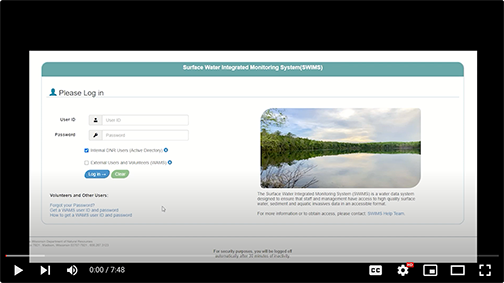CBCW Manual, Forms, and Factsheets
Feel free to download and print your own copies of the Watercraft Inspector Handbook and other watercraft inspection forms.
Watercraft Inspector Handbook (2024 edition)
Introduction, Acknowledgements, and Table of Contents
Section 1: What is the program all about?
Section 2: What do watercraft inspections involve?
Section 3: How do inspectors share their inspection data?
Section 4: How can inspectors take care of their boat landings?
Watercraft Inspection Report Form fillable PDF (revised 3/23)
AIS Prevention Steps Prompts Handout
AIS Violation Report Form
Watercraft Check Points
AIS Prevention Practices for Wake Boats & Ballast Systems
AIS Online Resources
How to Use the Watercraft Inspection Report Form (handout from CBCW Manual)
How to Enter Watercraft Inspection Data into SWIMS (handout from CBCW Manual)
Clean Boats, Clean Waters: Reporting Your Data (webpages with specific instructions for accessing the SWIMS database, entering and viewing data, & link to SWIMS)
AIS Signage Guide
AIS Signage Report Form (revised 3/19)
AIS Publications and Supplies
Aquatic Invasive Species Publications & Products
There are a wide variety of educational publications on aquatic invasive species available for free! Many of these publications are available in PDF and can be printed directly from your computer. Others can be ordered and sent to you directly. To order, contact
DNRAISinfo@wisconsin.gov with the publication number, name, how many you'd like, and where they should be sent. Soon, you'll receive some fabulous materials in the mail that you can share with others at the boat landing or during your annual lake group meeting.
The Clean Boats, Clean Waters program has designed a special logo that not only represents the program, but also sends a message to the public, “without clean boats, we will not have clean waters”. T-shirts, hats, and aprons are available with this logo. Inspectors are encouraged to wear the bright blue CBCW t-shirts while performing watercraft inspections at the landings. These shirts are very vibrant and easily visible when boaters approach the landing. By wearing this t-shirt, your inspection program appears credible and provides a statewide recognition for the efforts inspectors are making at the landings. For inspectors that have their own t-shirts, but still want to connect with the CBCW program, CBCW hats offer another opportunity for volunteers to wear the message. The hat displays the logo and the message as well as filter out the hot summer sun. The CBCW aprons are another great resource for watercraft inspectors. These aprons have three pockets that are designed to hold educational brochures and pamphlets, which allow the inspector to perform watercraft inspections.

CBCW T-shirts, $10 each
(sizes: S, M, L, XL, XXL, 3XL)
CBCW Hats, $10 each
CBCW Hooded Sweatshirts, $20 each
(sizes: S, M, L, XL, XXL)

CBCW Aprons, $5 each

CBCW Kits, $25 each
The kit includes the CBCW manual, two CBCW t-shirts, an apron, and a variety of AIS publications to share at the boat landing during inspections and with your organization.
ORDER NOW
All of these supplies can be ordered online. Click the link next to the item(s) you would like to order, and you will be re-directed to the
CBCW online ordering system. If you have any questions or need assistance, please call (715) 346-2116 or send an email to
uwexlakes@uwsp.edu.
Back to top
 VIDEO: How to Enter CBCW Data into SWIMS
VIDEO: How to Enter CBCW Data into SWIMS
This video explains how to enter watercraft inspection data from Clean Boats, Clean Waters outreach efforts into the SWIMS database. You will need to have a User ID and password in order to access the database. If you don't have one yet, please follow these instructions on how to register for one HERE.
Watercraft inspectors collect valuable data during their conversations with boaters at landings and enter this data into an online database. This data is compiled and summarized into graphs that allow us to see trends and changes over time. To see the watercraft inspection trends for your county, lake, or landing, visit the link below and use the dropdown menu to personalize the data summary.
View CBCW Data Graphs
To learn more about CBCW data entry, visit our
Submit Data page.
